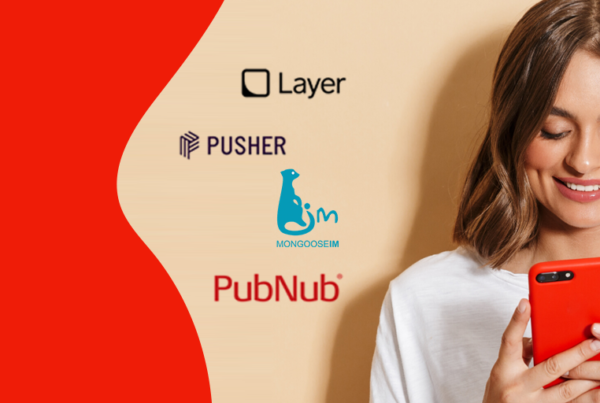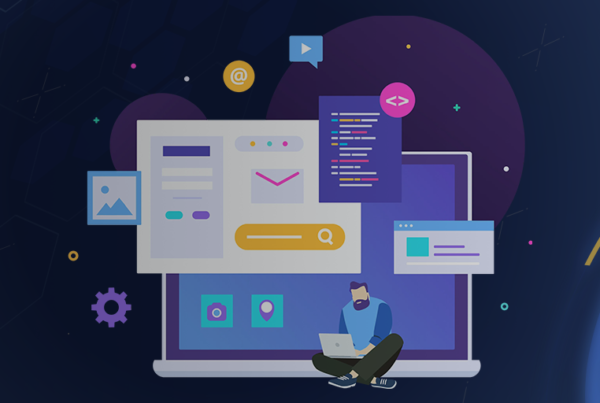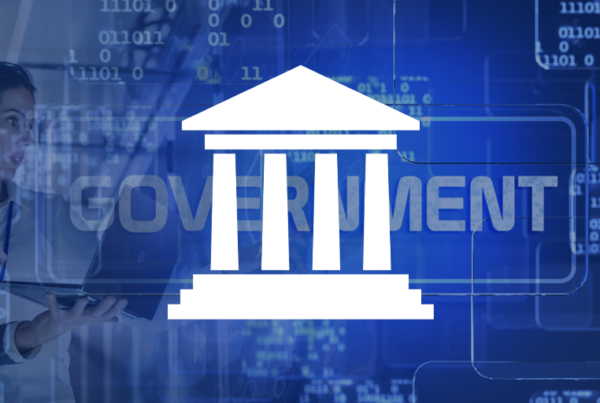A Digital Workforce for the Digital Economy
The Impact of Digital Transformation on the Workforce
Automation is driving many remarkable changes across organizational functions. As an outcome of improved business processes, customers reap great benefits in the form of improved products and services. The future of digital business ultimately promises to be highly advantageous for society, yet amidst the broad positive change, negative impacts on the workforce also emerge.
As automation takes over factory floors and offices, businesses are witnessing a remarkable change in operational productivity. Continuing advancements in digital technology enable businesses to optimize a wide range of processes across many industries, delivering massive returns on technological investments where manual labor once dominated. Such desirable outcomes encourage more businesses every day to replace the traditional workforce with automated infrastructure.
A Transitional Workforce
The impact of automation is undoubtedly positive for most manufacturers and service providers as well as for consumers. Businesses benefit immensely from this digital transformation with higher profits, faster time to market, and increased agility, innovation and productivity—all while cutting costs as a result of reduced hiring and training. Likewise, buyers get more advanced products and more personalized services faster than ever before and at increasingly affordable prices.
However, the workforce can’t claim such indisputably positive results. Automation ultimately replaces human capital. Machines can perform many tasks faster, more accurately and more efficiently than people can. With rapid advances in robotics and artificial intelligence that begins to rival the human brain in some functions, critics understandably express concern that automation causes widespread job loss.
The truth is that we’re straddling two radically different worlds. While we have traditional business models where people book hotels via phone reservation, purchase flight tickets through ticketing agents and hail taxis from the stand, digital natives prefer Airbnb, Expedia and Uber. This disrupts the traditional workforce, but also acts as a breeding ground for altogether new business models and opportunities. So while some jobs are being displaced, new ones are also being generated.
The Positives
If we look at the growth of human civilization, technology has played a critical part in the development of society. Historically, innovation has always been viewed skeptically at first, but has ultimately improved our lives. There was a time when our economies relied heavily on farming. When the industrial revolution occurred, machines took over a majority of the most labor-intensive manual work. Of course agricultural laborers did not welcome machines initially, but in the end, the change resulted in tremendous growth.
The transformation we are witnessing thanks to modern digital technologies is similar to the industrial revolution. Advanced analytics, cloud infrastructure, mobility and social media outreach have simplified human lives significantly. The way consumers interact with the marketplace and how marketers, in turn, respond to consumers is evolving as well. Enterprises capitalize on this change with increased consumer satisfaction and retention, while consumers increasingly gain control over which technologies they consume and how they consume them. If people prefer to share a ride, they can hire a shared cab using an app rather than relying on traditional taxi services. And if they wish to lodge in community-sourced accommodations instead of booking hotels, they can do that, too.
The Negatives
Despite providing altogether new opportunities and revenue streams to emerging startups and a better range of choices for consumers, digitally driven business practices also impact the workforce in a big way. Many jobs that have been traditionally performed by human workers are now carried out by robots or computers—and far more efficiently.
New developments in artificial intelligence and the Internet of Things are beginning to blur the lines between science fiction and reality, but some things never change. The reality is that businesses are always looking for new ways to cut costs and increase their margins. Technology is a powerful aid in achieving this, but somebody always has to bear the burden of change. Amazon’s use of drones to deliver is a very clear example of artificial intelligence replacing human decision-making. Similarly, when cars learn to drive themselves, the labor market will look very different than it does today.
Finding the Middle Ground
As technologies mature, machines will undoubtedly perform many tasks previously performed by human workers. But can that really pose a serious threat to human well-being? After all, we are the ones who create these machines, and we can cease doing so should they ever cease to offer a net positive to society. Until then, we can look at these machines as tools that free human workers from repetitive, laborious tasks. Ultimately, automation allows us to focus on more productive and meaningful tasks, while shifting the load of mundane operations onto our ready and waiting assistants—computer systems.
































